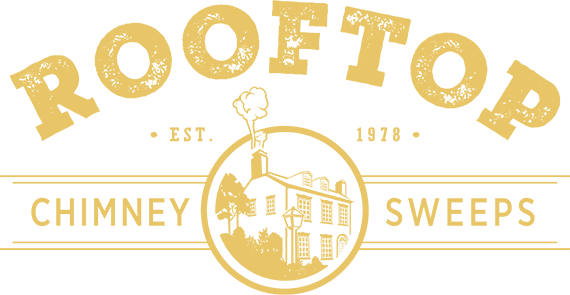
Are you huddling near your fireplace, hoping to be ensconced in the cozy warmth, only to be greeted by an unwelcome campfire scent permeating your home?
Your fireplace might be hinting at an underlying issue that requires a professional’s touch. But before you send out smoke signals for help, here are some common causes of a smoking fireplace and how to troubleshoot them.
The first usual suspect is the 'improperly sized liner'. Picture Goldilocks, but instead of porridge and chairs, she's gauging flue size. If the fireplace opening is too large, or the flue too minuscule, it’s a Goldilocks scenario gone wrong. The flue cannot create the perfect draft, causing smoke to wander where it shouldn't.
Next on our chimney criminal lineup is the 'bad smoke chamber.' This fickle funnel is essential for guiding the smoke to the flue. But if it's poorly constructed, smoke bounces around like a toddler on a sugar high, disrupting the smooth airflow. The result? A house that smells like a perpetual camping trip.
Thirdly, negative air pressure inside your house could be sucking air down the chimney, essentially making it a culprit in this crime of odors. Airtight houses might be energy-efficient but can cause chimneys to puff out smoke rather than drawing it up.
And finally, if your flue liner is cracked or has gaps inside, the drafting effect is compromised, just like trying to sip a milkshake through a broken straw. Regular flue liner inspections can catch this issue before it snowballs into a bigger problem.
Now, to the solutions. Like any mystery, it can be fun to play along guessing whodunnit, but in real life it’s best to leave the professionals to sort it out. By ensuring properly sized flue liners, a smooth and well-sealed smoke chamber, and a balanced fireplace to flue ratio, your chimney can be brought back to its former glory.
Introducing makeup air can also help neutralize pressure inside the fireplace. You can easily achieve this by opening a nearby door until the fire has established a good draw. Once you’ve got a hot fire and no smoke, you can close the door.
A pre-ignition flue warm-up, or as I like to call it, a "flue-preheat," can also do wonders. It’s like revving your car’s engine before a race, getting your flue ready to effectively draw up smoke once the fire is lit.
In between fires, top-mounted dampers and a good set of glass doors can prevent smelly air from being pulled into the room, ensuring your home smells more "homely" and less "campsite."
So, there you have it, a quick guide to unmasking your smokey fireplace and taking the steps to fix it. However, remember that when it comes to chimneys, a DIY fix might not always do the trick. Don't hesitate to reach out to your local chimney professional.

